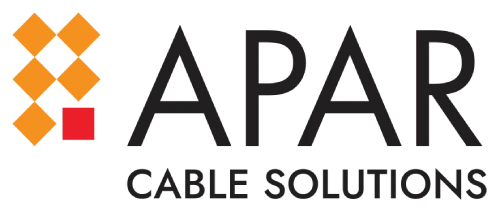Wires are the unsung heroes of modern technology, enabling the transmission of power, data, and signals that drive our interconnected world. From the smallest electronic circuits to sprawling power distribution networks, different types of wires cater to a wide array of applications. In this blog, we’ll embark on a journey to explore the diverse landscape of wires and their applications across various industries.
1. Single Core Wires
Applications:
- Home Wiring: Single core wires are commonly used for residential electrical wiring, delivering power to lighting, outlets, and appliances.
- Electronics: In electronic devices, these wires connect components on circuit boards, ensuring seamless signal transmission within devices like smartphones, laptops, and TVs.
- Automotive: Single core wires are utilized in vehicles for various electrical connections, including lighting, sensors, and control systems.
2. Multicore Cables
Applications:
- Networking: Multicore cables, such as Ethernet cables, are vital for networking and data communication in homes and offices.
- Industrial Automation: These cables play a crucial role in industrial automation systems, connecting sensors, actuators, and controllers.
- Control Systems: Multicore cables are used in control panels to establish connections between devices, motors, and control units.
3. Coaxial Cables
Applications:
- Television and Internet: Coaxial cables are widely used for cable television and broadband internet connections, ensuring clear signal transmission.
- Telecommunications: They are employed in telephone networks to transmit voice and data signals over long distances.
- CCTV Systems: Coaxial cables are used for closed-circuit television (CCTV) systems, providing high-quality video transmission.
4. Shielded Cables
Applications:
- Audio and Video: Shielded cables are used for high-fidelity audio connections and video transmission, ensuring minimal interference.
- Industrial Environments: They are employed in industrial settings to protect signals from electromagnetic interference and noise.
- Medical Equipment: Shielded cables are used in medical equipment to maintain signal integrity and prevent interference in critical measurements.
5. Power Cables
Applications:
- Power Distribution: Power cables are the backbone of electrical distribution networks, transmitting electricity from power plants to homes, industries, and businesses.
- Renewable Energy: These cables are used in solar farms, wind turbines, and other renewable energy systems to transmit generated power.
- High-Voltage Transmission: Power cables enable the transmission of high-voltage electricity over long distances, connecting substations and power grids.
6. Ribbon Cables
Applications:
- Computers and Electronics: Ribbon cables are used in computers and electronic devices to connect components on circuit boards efficiently.
- Automation: They are utilized in automated systems to connect sensors, actuators, and controllers in a compact and organized manner.
Conclusion
Wires are the lifelines of our interconnected world, serving a multitude of functions across diverse industries. Whether it’s transmitting electricity, enabling data communication, or facilitating control systems, the variety of wire types ensures that every application is catered to efficiently. Understanding these wires and their applications is crucial for engineers, technicians, and enthusiasts alike, as they shape the functionality and reliability of the technology we rely on every day.









